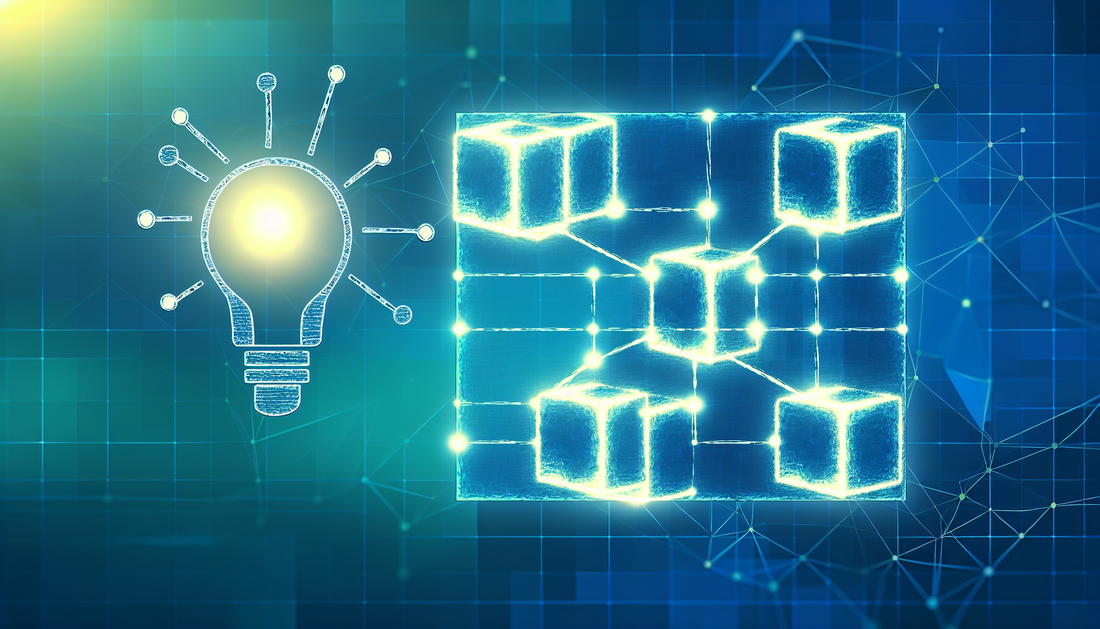
Unlocking Blockchain Potential: How QNT Empowers Interoperability
Share
How QNT Works
Quant (QNT) is a cryptocurrency that plays a vital role in supporting the Quant Network, a project designed to bridge the gap between different blockchains and enable smoother interoperability. Unlike traditional blockchain systems that may operate in isolation, Quant offers a protocol called Overledger, which functions as a layer that connects disparate blockchain networks. This allows for more cohesive and integrated digital ecosystems where various blockchains can communicate with one another.
To understand how QNT works, one must first look at the Overledger framework. Overledger acts as a technology stack that enables multiple decentralized networks to interact seamlessly. What sets it apart is that it doesn't require users to abandon their existing blockchain infrastructure; instead, it enhances it by allowing applications to operate on several ledgers simultaneously. This eliminates the silos traditionally associated with blockchain technologies.
Role of QNT Token
The QNT token serves several critical functions within the Quant ecosystem. It is not just a speculative asset, but also a key utility token that is necessary for accessing the services on the Overledger Network. Developers and enterprises looking to build decentralized applications (dApps) using Quant must pay licensing fees in QNT tokens. These licensing fees allow businesses to benefit from interoperability while executing secure and scalable transactions across various blockchain platforms.
What differentiates Quant’s token model is its use in licensing and validation processes, whereby developers need QNT to pay for annual licenses based on the number of resources and users involved. Essentially, QNT is the “fuel” that powers any activity within the Quant Network, making it indispensable for leveraging interoperability solutions.
Gateway Mechanism
Quant’s architecture incorporates a system of gateways, which are nodes responsible for facilitating communication between different blockchains. These gateways allow applications, especially enterprise-level ones, to use Quant to automatically translate information from one ledger to another without compromising the data's integrity or security. Gateways also use QNT for staking, ensuring compliance and smooth operation within the ecosystem.
Smart Contracts and APIs
The Quant Network also extends its capabilities using Multi-Chain Smart Contracts (MAPPs). Through the Overledger's application programming interface (API), developers can deploy smart contracts across different blockchains. This application-agnostic environment encourages blockchain innovation without locking users into a specific platform. The API acts as an abstraction layer that simplifies communication, allowing different blockchain instances to collaborate without reinventing the wheel.
